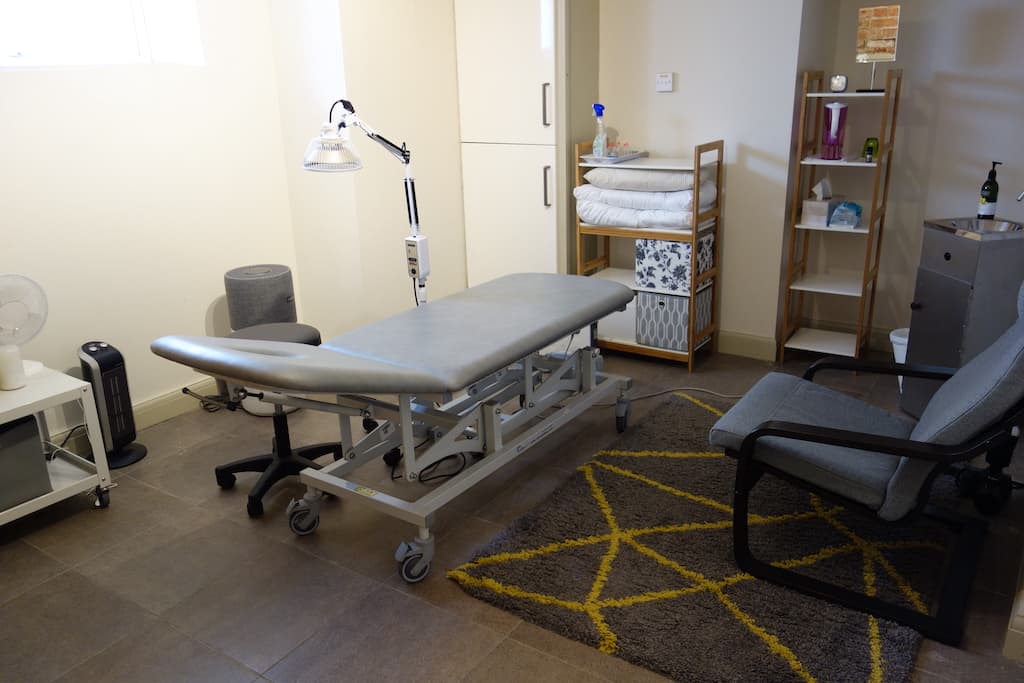

First Consultation
We need to gain a thorough understanding of your main complaint and your general health.
This involves asking questions about your current symptoms and your medical history as well as such things as your sleeping patterns, appetite, digestion and emotional wellbeing.
Women are also asked about their menstrual cycle and any past pregnancies and childbirth.
Concerning your main complaint, you will be asked things like: how long you have been having the symptoms, how severe they are, whether they are constant or intermittent and what makes them better or worse.
You may feel that some questions appear unrelated to your condition but the information you give helps us to form a more complete picture of your health.
We will also take your pulse on both wrists and may examine your tongue.
Please allow about 60 to 90 minutes for the first consultation and the first treatment.
Treatment
After the consultation the practitioner will discuss the treatment plan (frequency of treatment the practitioner thinks is required and the points which will be used and their locations and so on) with you.
If you are not happy with any aspect of the treatment plan which has been explained, please make sure that you inform us.
For example, if you are not happy about the location of the needles intended for the treatment, we can use points with similar actions elsewhere on the body.
Most frequently used points are around the elbows and knees.
It is very important for us to ensure that you are happy with what we are doing.
If you have not had acupuncture before, I would like to start with a gentle treatment to observe how well you respond to the treatment.
Depending on the severity of the problem, you may be asked to come twice a week until your condition is manageable.
Scared of needles or extra sensitive to pain?
Acupuncture needles are much finer than those used in clinical settings.
Most people don’t feel pain and many don’t feel the needles at all. Quite often dull aches can be experienced as if deep massage is applied, which we consider a sign that the needles are doing good work!
Japanese style needles can be used which are designed for pain sensitive people and cause less friction.
